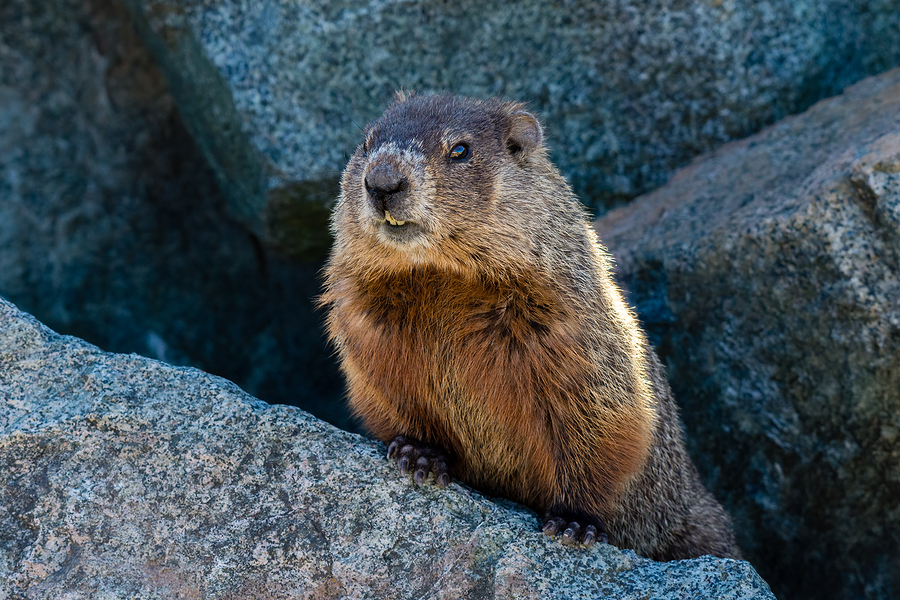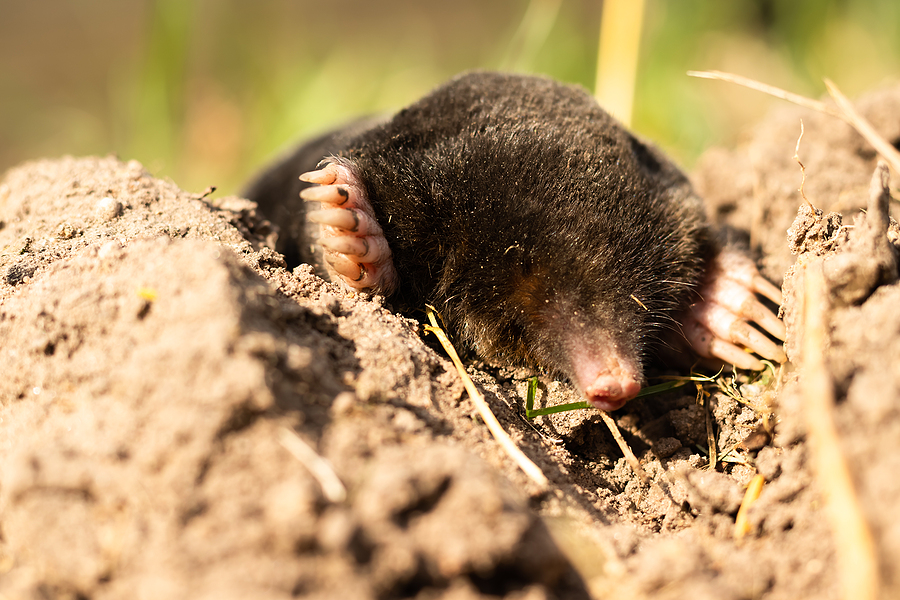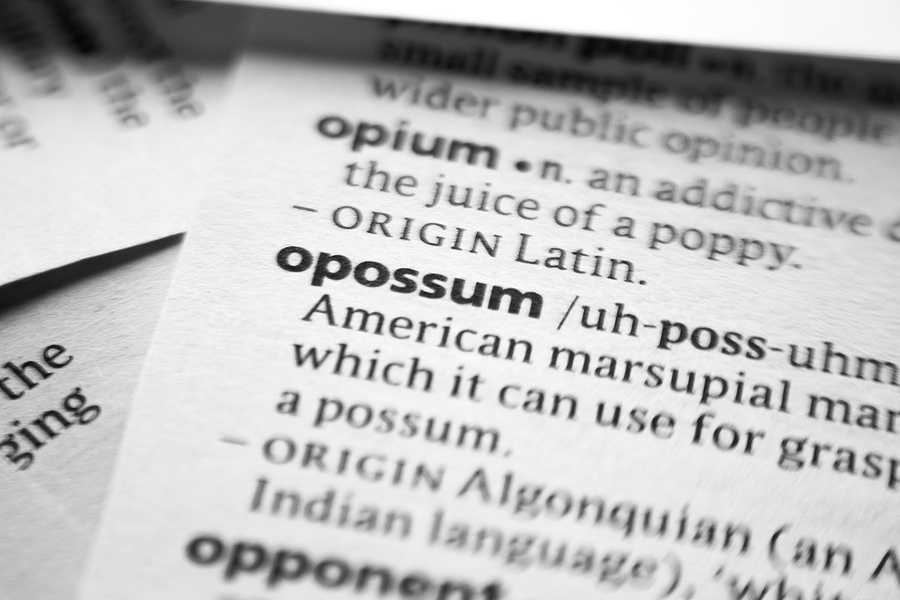Whether you call them woodchucks or groundhogs, they are the same species of mammal that can wreak havoc on a home or property owner’s lot. If you have questions about nuisance groundhogs, you are in the right place. Continue below to review some frequently asked questions and answers about woodchuck control and abatement, including what you need to do if you are currently dealing with a localized population that is tampering with your property in Indianapolis.

Woodchuck Removal and Control FAQS
Where Do Woodchucks Live in Indiana?
Woodchucks are woodland critters, and like many other species, have evolved over the years to adapt to more urban and suburban environments. Here in Indiana, you can find woodchucks just about anywhere, from the grassy edges and medians of highway exits to riverbanks, school yards, culverts, woody meadows, and of course, our own backyards and business lots. You see, groundhogs live underground in sophisticated tunnel systems that lead to their burrows. So, for the most part, you don’t even notice woodchuck populations around you, that is, until they began to tamper with your property.
Should I Be Afraid of Woodchucks on My Property?
Although woodchucks are not likely to approach humans, let alone attack them in any form or fashion, they are known to be destructive. Woodchucks are avid and fervent diggers. Because they live underground, they are incredibly gifted at burrowing deep into the soil and building elaborate den systems to rear their young. Their natural instinct to dig and burrow causes all sorts of serious problems for property owners.
Such digging can impact the integrity of your foundation and underground utility lines, as well as any other built structure on your lawn. Their burrowing can also cause other types of structural damages on your property if they choose to burrow beneath concrete slabs, driveways, patios, porches, and garages. They are known to tunnel areas of the property and cause extreme amounts of damage.
Woodchucks are also known for pillaging gardens and flower beds. Some of their favorite foods include dandelions, clovers, weeds, and a variety of grasses. However, they will eat the leaves and foliage of all sorts of other herbs, plants, vegetables, and flowers.
How Do I Remove a Woodchuck Under My Patio?
As mentioned earlier, woodchucks are known for burrowing beneath structures of a home or property, including patios, decks, and porches. If you suspect that you have woodchucks underneath your deck or porch, it is important that you take specific steps to ensure optimal safety for you and your loved ones, as well as the structural integrity of your patio. First, keep young children and pets away from the area. Next, contact in Indianapolis critter control company for safe woodchuck removal services.
Do Woodchucks Have Rabies?
Although it is possible for virtually any mammal to contract the rabies virus, rodents rarely do. Being part of the Sciuridae family and Rodentia order, woodchucks are technically a rodent species.
What Does it Mean if a Woodchuck is Walking in Circles and Seems Disoriented?
If you see a woodchuck walking in circles, seemingly disoriented, and appearing as if they’re drunk, you might immediately assume that they are rapid. However, as just mentioned, woodchucks rarely contract rabies virus. So, if you see this behavior, it could be due to the neurological effects of having a roundworm or similar parasitic infection. It may also be due to brain damage or serious injury from being hit by a car. Groundhogs often live underground within medians of highways and tall grasses on the sides of streets, so they are common roadside collateral.
How Can I Keep Woodchucks Out of My Gardens?
Woodchucks certainly enjoy an accessible garden or flower bed. The most popular and effective method for keeping woodchucks out of gardens is installing a chicken wire fence. Just be sure it’s deep enough so they cannot burrow underneath it. Homeowners and property owners have also had success with groundhog control using automated sprinkler systems around gardens.
What Should I Do If I Find a Nest of Baby Woodchucks?
Many people call in asking about baby groundhogs. Baby groundhogs, called pups, are born hairless and blind, so they are quite helpless until they reach 5 or 6 weeks of age. At this time, they are weaned from the den and begin venturing out on their own. So, during mid-summer months, it is common to spot a baby groundhog by themselves. Although they seem abandoned, they are probably just a little lost or far from their den.
If you find a nest of baby woodchucks, but you do not see the mother anywhere around, there are a few things you can do. First, do not touch the baby groundhogs. Not only do you want to avoid contracting any parasites or infectious diseases, but it is important for you to not pass along any germs to them as well. If you know where the burrow was located, try using baits like dandelions and clovers to lure them back to their burrow. If you don’t know where the den is, your best course of action is to contact an Indianapolis groundhog removal company for safe and humane relocation services.
Can I Use Poisons to Get Rid of Woodchucks?
No! Never use poisons! It is against all industry best practices and state and federal wildlife regulations to use any type of poison or fatal repellent to get rid of woodchucks. If you are dealing with nuisance groundhogs, you can make your own non-toxic animal repellent and apply it to the perimeter of your property, or in areas where woodchucks are the most active.
These repellents contain animal proofing ingredients like capsaicin oil and putrescent egg. Although non-toxic and nonfatal, these ingredients can cause nose, mouth, throat, and eye irritation. For this reason, be sure to keep treated areas blocked off from children and pets. Aside from a repellent, get rid of woodchucks by calling an Indianapolis animal removal company for licensed groundhog control services.
Are you worried about the groundhog population around your home or business? Contact Budget Animal Removal at 317-875-3099 for DNR licensed and insured woodchuck removal and control services in Indianapolis, Indiana and surrounding counties. Request a free estimate or advice, today!
Related Posts:
The Different Species of Marmot Found Around the World
3 Steps to Safe and Humane Groundhog Control
Top Nuisance Animals to Watch Out For in the Summer


